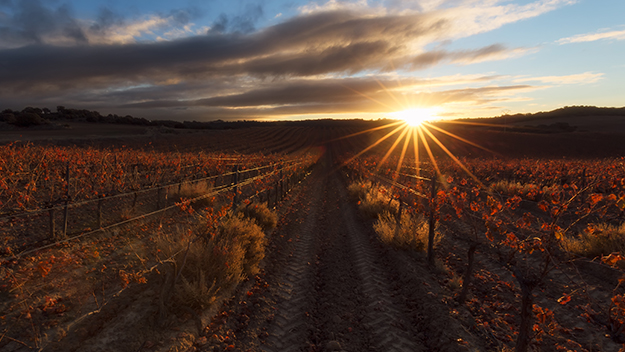Find your winery or vineyard
1 Wineries and Vineyards for sale in France - Corsica
Infographic of the Region

France - Corsica
Corsica (Corse) is a French island located southeast of the French mainland and west of the Italian mainland opposite Tuscany. Its capital and most populous city is Ajaccio. It is bordered to the north by the Ligurian Sea, to the east by the Tyrrhenian Sea, to the south by the Strait of Bonifacio, which separates it from the Italian island of Sardinia, and to the west by the Mediterranean Sea. It is the least extensive and least populated region of France. It is the fourth largest island in the Mediterranean Sea and has been part of French territory since 1768.
Although Corsican wine is among the oldest in the world, it was not until 1968 that the first appellation of origin (AOC Patrimonio) was granted. Today the island has 9 appellations of origin (AOC), three of which are in the Cru category, five in Village and then there is the generic appellation for the whole island, Corse. On the other hand, in the local wine category, there is a regional appellation of Vin de Pays de l'Île de Beauté.
Entirely Mediterranean, the vineyards of Provence and Corsica are the cradle of viticulture in France. The vineyards cultivate a diversity of local varieties, acclaimed by tourists in summer. They also have good but as yet unknown crus.
Corsica is perhaps one of the most unknown vineyards in France, but an island well known above all for being the birthplace of Napoleon Bonaparte. The originality of its grape varieties, terroirs and climatic conditions define a personality that has little to do with the preconceived idea that one might have of them.
The island is formed by a mountain range that culminates at an altitude of over 2,000 metres. The coastal plains and the numerous valleys have a distinct sunshine and microclimate. As a result, the regions can be clearly differentiated and the vineyards are almost always located in the coastal areas with microclimates confirmed and delimited by the surrounding mountains that block the clouds and rainfall that are so necessary at specific times. The heat is moderated by the maritime influence and the mountains, of course, the Mediterranean climate, with mild winters, rainy springs and almost 3000 hours of sunshine throughout the year. We find vineyards from the North Cape to the extreme south of the island thanks to the diversity of the soils (schist in the east and north, granitic in the south and west, sedimentary in the centre and calcareous in the north and south).
Provinces
Discover more wineries and vineyards for sale in these wine regions in Islands
Subscribe to our mailing list to receive news about wineries and vineyards.








